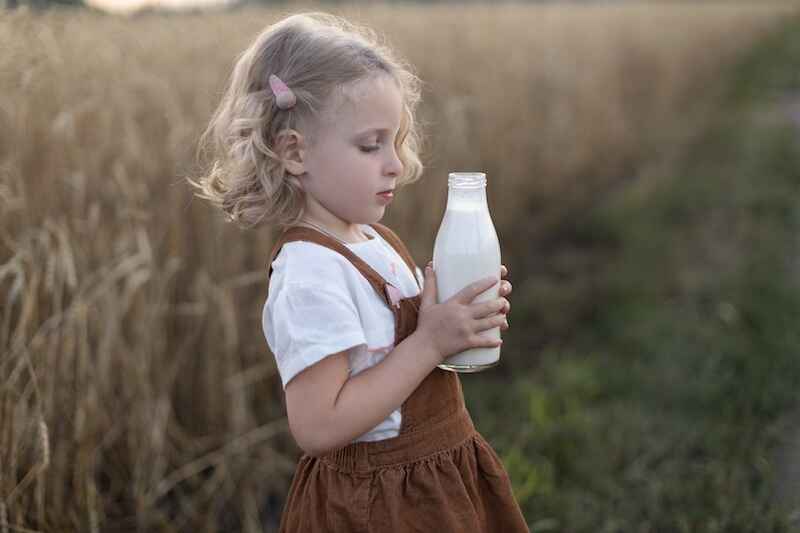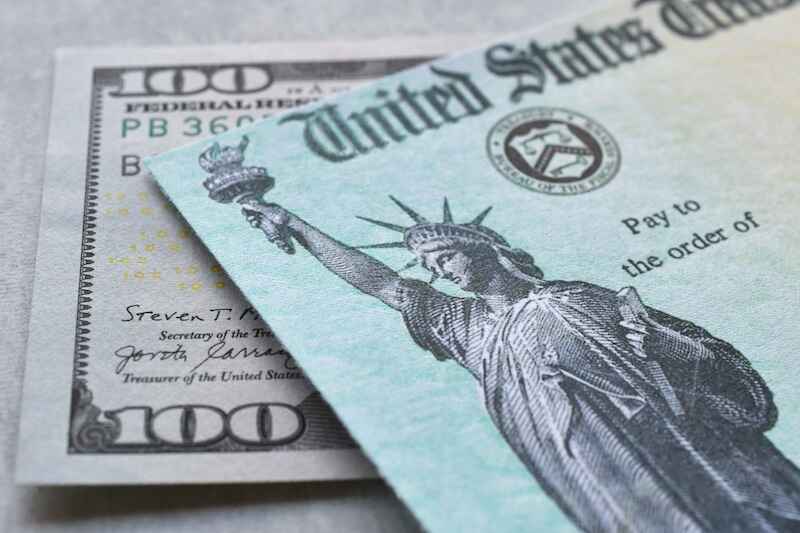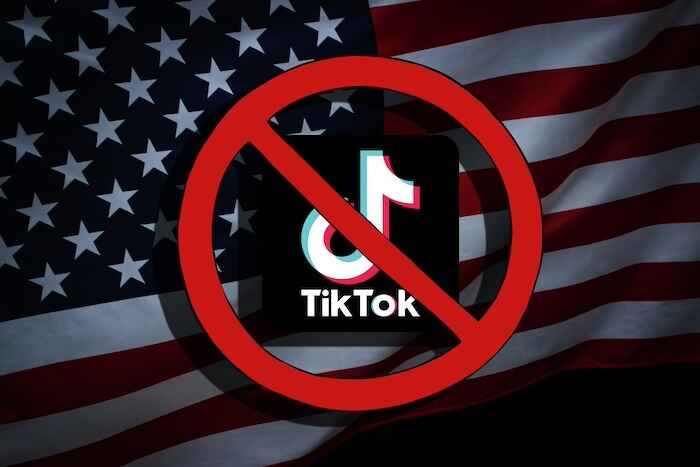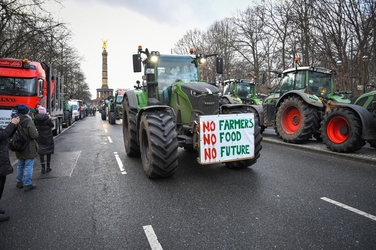The Inconvenient Truth About Green Investing
Joel Salatin|August 16, 2022
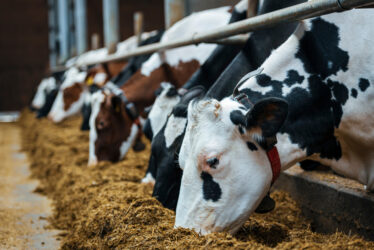
With environmental issues now all the investing rage, you can bet all sorts of schemes with dubious green benefits will be born.
And you can be sure some of these allegedly green projects will work only if anti-green protocols continue.
A lot of things are like that. One small, dysfunctional thing leads to another, which leads to another… and by the time it’s obviously out of whack, the root problem is too embedded to be changed. The “too normal to change” problem at the beginning of the dominoes sets up some odd results.
A great example is the picture I’m looking at in the business section of The Wall Street Journal. It’s an image of massive bladders over lagoons, with a cutline that reads, “Vanguard Renewables operates a renewable natural gas facility at Goodrich Farm in Salisbury, Vermont, which uses food waste and manure.”
The article is titled “BlackRock Builds Gas Portfolio” and has the subhead “Asset manager pays $700 million for firm that produces energy from scraps, manure.”
Using anaerobic digesters, the Boston-based company works with outfits like Ben & Jerry’s to pair food waste with dairy manure. By stretching a mammoth bladder over the digester, the firm is able to capture the gases, which can be sold to utilities and energy firms.
This is called renewable natural gas (RNG) – as opposed, I guess, to conventional nonrenewable natural gas.
Here’s the kicker in the article: “Although RNG is expensive and a tiny segment of the market, customers buy it to burnish their environmental credentials. In some cases, the companies can receive carbon credits and sell them to help offset the higher cost of the RNG.”
In the Wall Street Journal‘s picture, the digester bladders are front and center. But someone like me, who knows what to look for, can see a couple of other things in the background. The first things I noticed were two enormous liquid manure lagoons. And I also spotted a massive confinement dairy facility – also known as a factory farm. The last piece of infrastructure in the picture is a massive bunker system for storing dairy cow feed.
Let’s reverse engineer this green darling and see what makes it work.
Machines, not Animals
First, an operation like this requires large-scale animal confinement to get the quantity of manure necessary. You can’t have cows doing what herbivores are supposed to do, which is forage in fields. That doesn’t concentrate enough manure in one place for it to be a problem needing to be fixed by carbon credits, tax concessions and virtue signaling.
Such concentration, of course, creates all sorts of problems not addressed in the RNG equation. The problems include skeletal calcium cannibalism in the cows due to extreme milk production, fertility issues, mastitis, drug dependency, and numerous leg and lameness issues.
A healthy cow should live for 12 years. The average lifespan on these dairies is about 4 years, and their quality of life is poor.
But it’s green, you see.
These cows never see daylight, are always breathing in fecal particles, and are viewed as milk machines rather than living beings with innate needs and desires.
The only way an RNG facility can work is by reducing cows to machines rather than biological beings.
Green investors, then, apparently care little about biological ethics, nature’s templates, drug dependency or health. This whole scheme is utterly (udderly? Ha!) dependent on an anti-life, anti-nature, anti-health paradigm.
Do the green investors know this?
Now let’s move to the feedstocks, also known as silage, in those massive bunkers. It’s grown with chemical fertilizers that kill earthworms on contact. Pesticides and herbicides keep the mono-crop systems alive with crutches.
These systems cause massive soil erosion, in contrast to the soil building that occurs under pastured cows. But people argue that pastured cows don’t produce as much milk per cow as factory-farmed cows. That’s true, but we have millions of acres of unused land that could feed many more healthy, soil building, ecologically sustainable and nutritionally superior cows. Goodness, America alone has 35 million acres of lawn.
A Green Scheme
The bottom line here is that confinement dairy, with its anti-ecological and anti-health underpinnings, has created a habitat with a manure problem. To add insult to injury, food waste that has historically gone to pigs and chickens is now abundant enough and segregated enough that it has become a problem too.
It was not a problem when food was more localized, with smaller processing and production facilities… when pigs and chickens could enjoy the leftovers.
But integration is far too difficult for green investors. It’s much easier to keep segregation in the food/farm sector and create carbon credit schemes.
The uncomfortable truth is that this alleged “renewable” energy is anything but.
It destroys cows, land, milk quality and ecosystems. And it requires massive petroleum inputs to propagate itself.
Does that sound green to you?
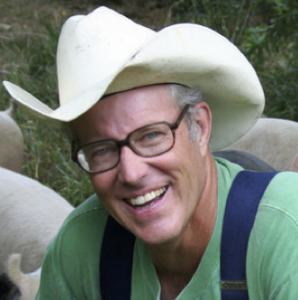
Joel Salatin
Joel Salatin calls himself a Christian libertarian environmentalist capitalist lunatic farmer. Others who like him call him the most famous farmer in the world, the high priest of the pasture, and the most eclectic thinker from Virginia since Thomas Jefferson. Those who don’t like him call him a bioterrorist, Typhoid Mary, a charlatan, and a starvation advocate. With a room full of debate trophies from high school and college days, 12 published books, and a thriving multigenerational family farm, he draws on a lifetime of food, farming and fantasy to entertain and inspire audiences around the world.


